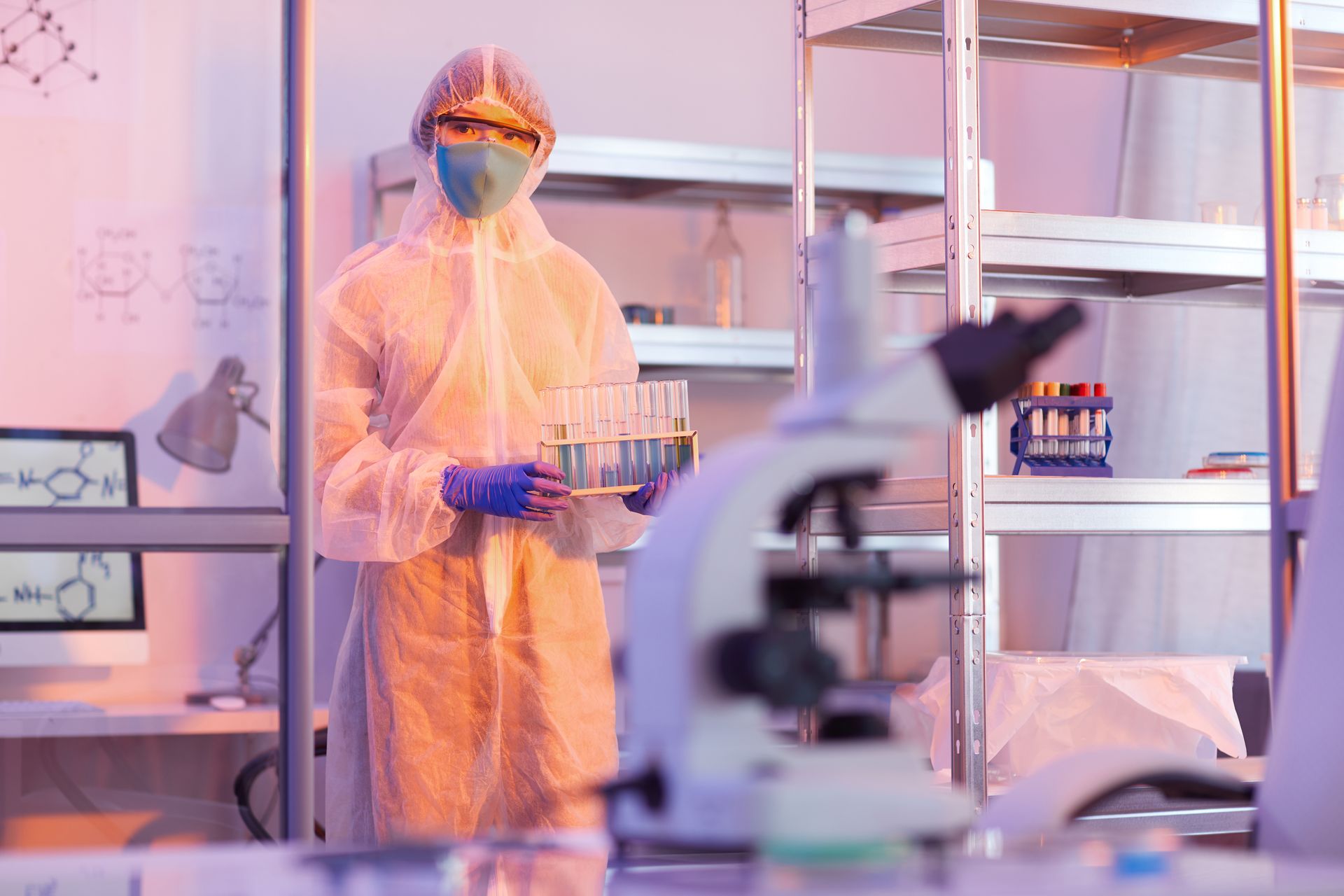Overview of Cell and Gene Therapy Manufacturing
Cell and gene therapies involve modifying a patient’s cells or genes to treat or cure diseases. The manufacturing process typically includes the following steps:
Cell Collection (Harvesting)
- Cells are collected from the patient (autologous) or a donor (allogeneic).
- Common cell types include T cells, stem cells, and immune cells.
Genetic Modification
- Cells are engineered using viral vectors (e.g., lentivirus, AAV) or non-viral methods (e.g., CRISPR, electroporation).
- The goal is to introduce therapeutic genes or enhance cell function.
Cell Expansion
- Modified cells are cultured in bioreactors to achieve the required quantity.
- Scalability and consistency are critical at this stage.
Purification and Formulation
- Cells are purified to remove impurities and formulated into a final product.
- Cryopreservation is often used to maintain cell viability during storage and transport.
Quality Control and Release Testing
- Rigorous testing ensures the product is safe, potent, and free of contaminants.
- Tests include sterility, potency, and identity assays.
